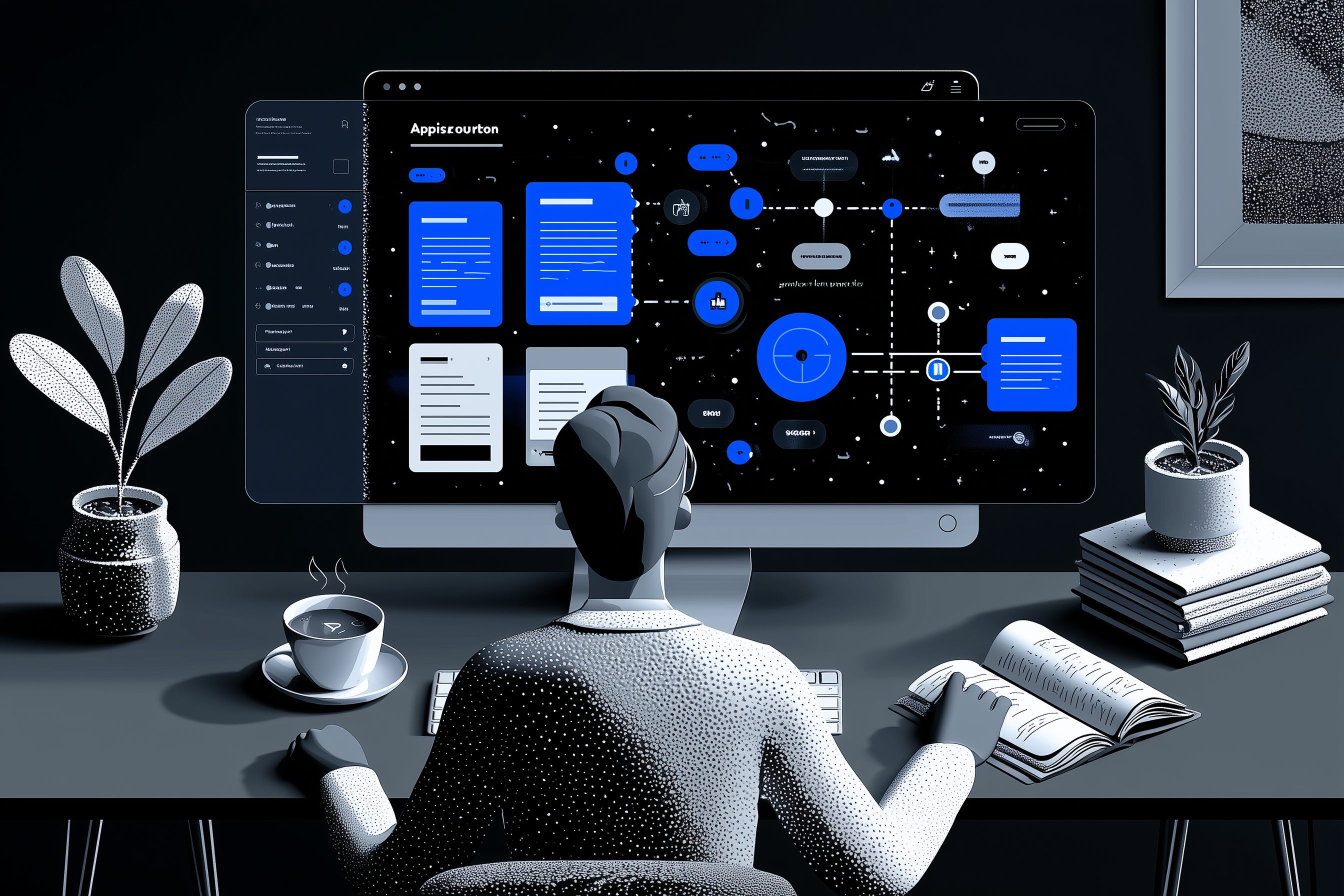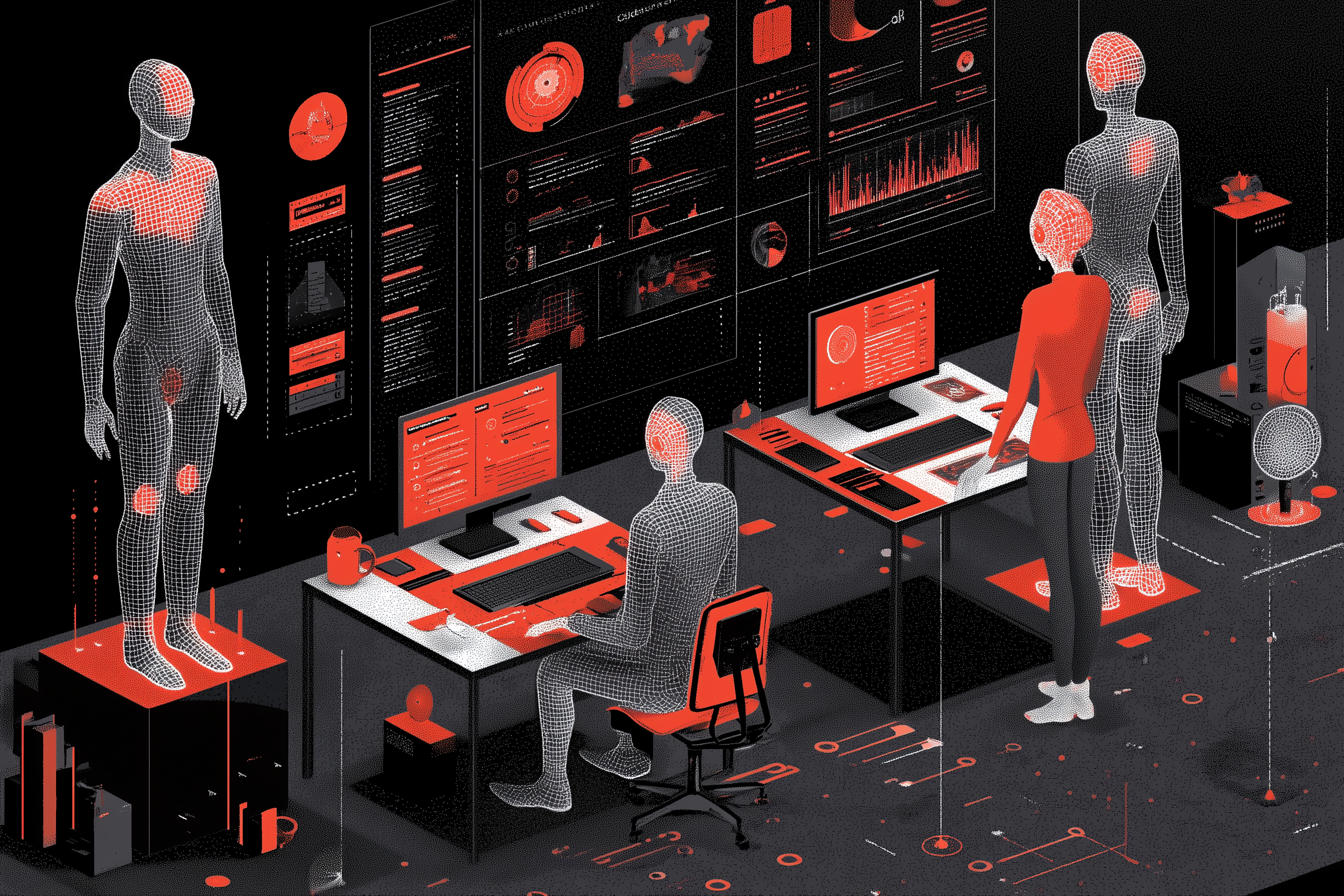How to document your projects : the practical guide for more clarity and efficiency

Learn how to structure and document your projects to enhance clarity, productivity, and collaboration within your teams
Why documenting your projects is essential for clarity and collaboration
In an environment where projects multiply and teams are spread out, clarity becomes a rare and valuable resource. Yet, it directly determines collective productivity.
According to a Runn (2024) study, employees lose an average of 59 minutes per day searching for information scattered across messages, cloud files, and browser tabs (Runn.io – Time Management Statistics, 2024).
This lost time reflects a recurring issue: the lack of structured documentation. Documenting a project isn’t about stacking files but about organizing knowledge to streamline collaboration and ensure operational continuity.
It’s also a tangible performance lever — a well-documented project reduces misunderstandings, speeds up decision-making, and facilitates knowledge transfer between teams.
This article offers a practical guide to documenting your projects effectively — the types of documents to create, best practices to follow, and collaborative tools that turn documentation into a strategic advantage.
What is project documentation? (clear definition and examples)
Project documentation refers to all documents, plans, meeting notes, and guides produced throughout a project. It ensures traceability of decisions, clarity of objectives, and consistency among stakeholders.
Concrete benefits
A Panopto (2023) survey shows that companies lose up to $5.3 million per year in productivity due to poor internal knowledge management (Panopto, Workplace Knowledge and Productivity Report, 2023).
Additionally, a Gartner (2022) study estimates that 47% of project errors stem from unclear or unstructured documentation (Gartner Research, 2022).
The 7 essential documents for structuring your projects
Effective documentation goes far beyond a simple folder of files. It relies on structured, consistent, and easily accessible formats for all project stakeholders.
1. The project brief
This is the foundation of the project. It defines the context, objectives, deliverables, key stakeholders, and resources.
Best practice: keep it to one concise page and update it after every kickoff meeting.
2. The project plan
It outlines the key stages, milestones, and task dependencies.
A well-structured project plan helps visualize the overall flow, anticipate risks, and maintain team alignment.
Platforms like MTM make this process easier by enabling teams to plan projects and track deliverables through clear, real-time status updates. This visibility strengthens coordination and reduces delays caused by missing information.
3. The communication plan
It defines who communicates what, when, and how.
Well-documented communication prevents duplication and ensures transparency among teams.
It also serves as a shared reference throughout the project, helping anticipate bottlenecks and ensuring message consistency internally and externally. By integrating this plan into your documentation, every team member knows where to find information and when to act, reducing misunderstandings and improving coordination.
4. The risk register
This document centralizes all identified risks, their probability, impact, and mitigation measures.
It supports decision-making in the face of uncertainty and minimizes information loss.
When integrated into project documentation, the risk register becomes a proactive management tool, helping teams anticipate deviations, prioritize corrective actions, and strengthen organizational resilience. Regular updates keep teams aware of vulnerabilities and enable real-time adjustments.
5. Meeting minutes
Every meeting should result in a summary of decisions, action items, and assigned responsibilities.
These notes should be stored in a shared collaborative workspace for easy access and traceability.
By systematically documenting discussions, teams avoid misunderstandings and ensure accurate operational follow-up. This creates continuity between work sessions and makes progress tracking easier for internal and external stakeholders.
6. The progress report
This report tracks key indicators such as timelines, budgets, deliverables, and potential gaps.
It serves as a shared reference for evaluating project progress and adjusting priorities.
Collaborative management platforms like MTM simplify progress tracking by allowing teams to view deliverable statuses in real time, enhancing transparency and responsiveness.
7. The project closure report
This document compiles results achieved, lessons learned, and key insights from the project.
Good closure documentation promotes knowledge capitalization and team skill development.
It also builds a reference base for future projects — what worked, what didn’t, and how to improve. Integrated into the overall documentation, the closure report becomes an organizational memory tool, ensuring continuity and continuous improvement.
Best practices for living documentation
Documentation only has value when it is living, accessible, and adaptable. It should integrate naturally into the project management workflow to remain relevant. Recommended practices include:
- Centralize information: avoid scattering files across multiple tools. Use a single collaborative platform or a secure cloud space.
- Structure content: establish naming conventions, clear metadata, and a versioning system to ensure traceability.
- Create reusable templates to standardize documentation and save time on future projects.
- Schedule regular reviews to keep documentation up to date and relevant.
- Track and validate deliverables in real time: platforms like MTM allow teams to plan projects and monitor deliverables through clear, updatable status tracking, ensuring smooth collaboration and visibility at every stage.
How collaborative tools optimize documentation
Collaborative workflow platforms turn documentation into a driver of collective efficiency.
They centralize communication, asset management, version tracking, and validations in one environment.
According to a Forrester (2023) study, organizations using collaborative project management solutions achieve a 30% reduction in internal coordination time (Forrester Research, 2023).
Modern tools like MTM provide:
- Centralized document and marketing asset management within a structured and shared workspace.
- Review links, allowing external collaborators to view, comment, or approve deliverables without needing full platform access.
- Complete version and comment history, ensuring total traceability and seamless collaboration throughout the project.
Documenting means gaining clarity and peace of mind
Documentation is not an administrative burden — it’s a strategic investment.
Well-structured documentation helps maintain a clear vision, avoid redundancies, and streamline collaboration.
By adopting the right practices and tools, your teams will gain coherence, transparency, and long-term efficiency.
MTM supports teams in this process by facilitating project planning and deliverable tracking, while centralizing communication and approvals for clearer, more collaborative project management.
FAQ: Everything you need to know to document your projects effectively
Why is project documentation essential?
To ensure decision traceability, clarify responsibilities, and support knowledge transfer.
What documents should be created at project launch?
Project brief, project plan, communication plan, and risk register.
How can you keep documentation up to date?
By scheduling regular reviews and using a versioning system.
Which tools make collaborative documentation easier?
All-in-one project management platforms like MTM, which combine task tracking, versioning, and validation.
What’s the difference between documentation and reporting?
Reporting tracks progress, while documentation captures the entire project lifecycle.
Sources :
- “Time Management Statistics: Understand Where Your Employees Really Spend Their Time” — Runn, 2024. runn.io
- “Inefficient Knowledge Sharing Costs Large Businesses $47 Million Per Year” — Panopto Workplace Knowledge and Productivity Report. PR Newswire
- “Workplace Knowledge and Productivity Report” — Panopto. Panopto
- “Collaborative Work Management Report” — Forrester Research, 2023. Forrester
- “Project Documentation Insights” — Gartner Research, 2022. Gartner
Other Posts

Agentic AI : the concrete use cases that are transforming marketing and creative workflows in 2025

Has the digitalization of project management led to a loss of sense of community?

